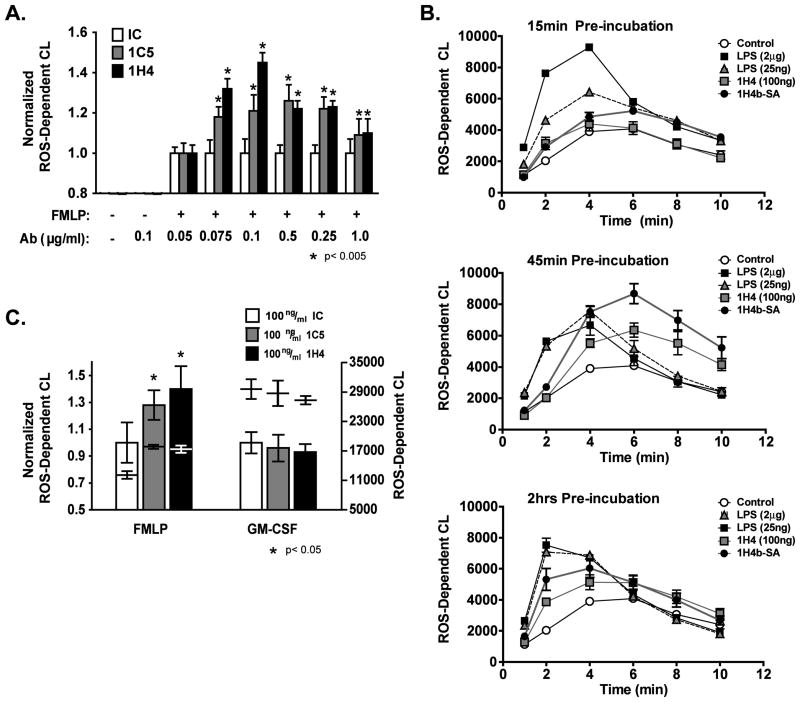Figure 1. TLT2 ligation potentiates ROS production by murine neutrophils in response to FMLP.
(A) Treatment with distinct αTLT2 mAbs (1H4 or 1C5) enhances the production of ROS in a dose dependent manner following the addition of FMLP. Neutrophils (1×106) were preincubated for 45 min with αTLT2 or isotype control (IC) mAb at the indicated concentrations, and then stimulated with FMLP (1 μM). (B) Purified neutrophils were incubated in the presence of αTLT2 mAb or LPS for either 15 min (upper panel) 45 min (middle panel), or 2 h (lower panel) then stimulated with 1 μM FMLP. Alternatively, neutrophils were preincubated for 15, 45 or 120 min with biotinylated 1H4 mAb (1 μg) that had been premixed with SA (20 μg) followed by addition of FMLP. ROS production was monitored at the indicated times. (C) TLT2 ligation does not alter ROS generation in response to GM-CSF. Purified neutrophils were incubated in the presence of αTLT2 or isotype control mAb for 45 min followed by stimulation with either FMLP (1 μM) or GM-CSF (1 ng/ml). For (A) the maximum ROS production for pretreated samples was normalized to controls that received FMLP alone. For (C) the data were normalized to samples that received either FMLP or GM-CSF alone. The absolute values for ROS-dependent chemiluminescence are shown as well. All data represent the average of triplicate samples with mean ± standard deviation shown and are representative of at least three independent experiments. Asterisks denote significance of values for αTLT2 mAb-treated samples compared to the respective control sample.

